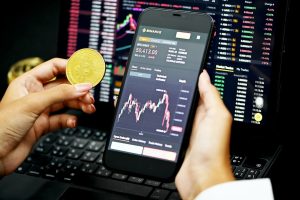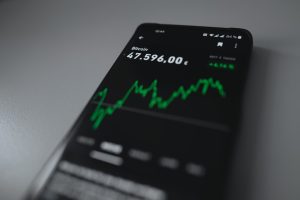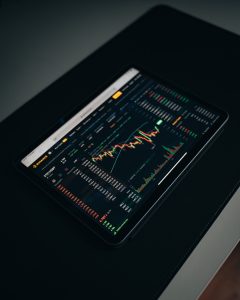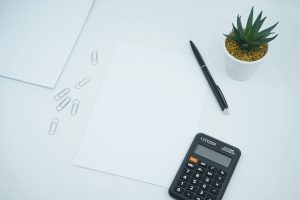Sharpe ratio is a widely used financial metric that helps investors assess the risk-adjusted returns of their investments. It was developed by Nobel laureate William Sharpe in 1966 and has since become a popular tool in the finance industry. In the forex market, the Sharpe ratio is used to evaluate the performance of currency trading strategies.
The Sharpe ratio is a measure of excess returns over a risk-free rate, divided by the volatility of the investment. It takes into account both the returns and the risk of an investment, making it a more comprehensive measure of performance than just looking at returns alone. The higher the Sharpe ratio, the better the risk-adjusted performance of an investment.
To calculate the Sharpe ratio, the following formula is used:
Sharpe ratio = (average annual return of investment – risk-free rate) / standard deviation of investment
The risk-free rate is the rate of return on a risk-free investment, such as a treasury bill. The standard deviation measures the volatility of the investment, which is the extent to which its returns fluctuate over time. A higher standard deviation means that the investment is riskier.
For example, if an investment has an average annual return of 10%, a risk-free rate of 2%, and a standard deviation of 15%, the Sharpe ratio would be calculated as follows:
Sharpe ratio = (10% – 2%) / 15% = 0.53
A Sharpe ratio of 0.53 indicates that the investment is generating excess returns over the risk-free rate, but the risk of the investment is relatively high.
In the forex market, the Sharpe ratio is particularly useful for evaluating trading strategies. Forex traders use a variety of strategies to generate returns, such as technical analysis, fundamental analysis, and algorithmic trading. Each of these strategies has its own risk and return characteristics, and the Sharpe ratio can help traders determine which strategies are most effective.
For example, a forex trader may use a technical analysis strategy that generates an average annual return of 20% with a standard deviation of 10%. If the risk-free rate is 2%, the Sharpe ratio would be calculated as follows:
Sharpe ratio = (20% – 2%) / 10% = 1.8
A Sharpe ratio of 1.8 indicates that the trading strategy is generating significant excess returns over the risk-free rate, and the risk of the investment is relatively low. This suggests that the trading strategy is effective and may be worth pursuing further.
However, it is important to note that the Sharpe ratio is not a perfect measure of performance. It assumes that returns follow a normal distribution, which may not be the case in reality. It also assumes that investors are risk-averse and prefer lower risk investments, which may not always be true. Additionally, the Sharpe ratio may not capture all aspects of risk, such as tail risk or downside risk.
In conclusion, the Sharpe ratio is a useful tool for evaluating the risk-adjusted performance of forex investments and trading strategies. It takes into account both the returns and the risk of an investment, providing a more comprehensive measure of performance than just looking at returns alone. However, it is important to use the Sharpe ratio in conjunction with other metrics and to be aware of its limitations.






